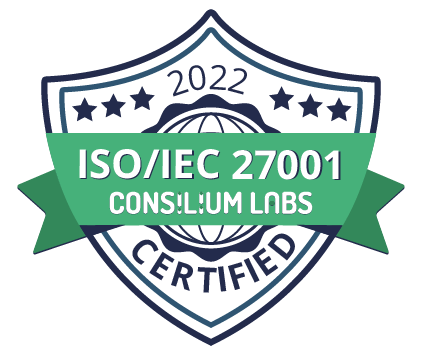Fiscal cliff readiness? How can we manage the damage sequestration can cause to our programs?
 As a nation, we have agreed to reduce our spending and deficit levels. We agree that we need to tighten our belts. But, in the interest of our fiscal prosperity, as well as our safety, security, and national defense, we need to recognize that cutting all programs equally is inefficient.
As a nation, we have agreed to reduce our spending and deficit levels. We agree that we need to tighten our belts. But, in the interest of our fiscal prosperity, as well as our safety, security, and national defense, we need to recognize that cutting all programs equally is inefficient.
Sequestration, as it is likely to be implemented in a Federal show down scenario, is likely to amount to “across-the-board” cuts for Federal Departments and Agencies. This would result in “Across-the-Board” cuts of 9.4% for the Pentagon, National Guard, the Energy Department’s National Nuclear Security Administration and other discretionary defense efforts over the next decade, and an 8.2 % spending cut for most nondefense discretionary programs — including the Secret Service, the Drug Enforcement Administration, the U.S. Marshals Service and the Bureau of Alcohol, Tobacco, Firearms and Explosives. (//www.politico.com/news/stories/1112/84023.html#ixzz2D8rJRedI)
Why are across-the board-cuts are a bad idea?

Compared to reasoned allocations of resources, across-the-board spending cuts are very ineffective. Why? Because the relative benefits of different programs vary widely across programs, as well as within programs.
Because the relative benefits of different programs vary widely. Across programs, as well as within programs, the relationship between the impact (reduction in effectiveness) caused by across-the-board cuts and the amount of the cuts is not linear. For example, a 5% cut in spending for one program might result in only a 2% cut in effectiveness, while a 5% cut in spending for another program might result in a 15% decrease in effectiveness.
So, why are cross-the-board cuts so prevalent?
Politicians often deliver mandates for across-the-board cuts because they:
- are easy and appear simple to implement (by the decision makers)
- have a semblance of fairness
- offer an easy political compromise across competing interests
- seem faster than the alternatives – reasoned allocation of resources using measurable objectives and criteria
- are easy to communicate to the public with short sound-bites
Here’s why across-the-board cuts should be avoided.
- They are difficult to implement in the medium and long-term because consequences have not been assessed in terms of the outcomes of the actual dollar reductions
- The appearance of single rate fairness is based on the incorrect
assumption that all programs are equally efficient.
- Across-the-board cuts tend to unfairly benefit inefficient programs at the cost of programs that have already striven to increase efficiencies and reduce costs.
- Across the board cuts almost always trigger unintended consequences not considered in advance. A resource based approach that looks at relative cuts is more likely to plan for outcomes and impacts in years two and beyond.
Portfolio Optimization can alleviate the damage caused by Mandated Across-the-Board Cuts
What if, we could put ourselves in a better position to avoid taking the easy way out and instead, make the effort to realize the increased benefits of an optimized approach? What-if we gave program experts a time table that required them to ‘design’ alternative approaches to achieving a program’s objectives for different budget levels? What-if we knew, or made really good estimates in advance of how much more effective each Department or Agency might be for a planned level of optimized resources?
Management science and computer technology advances have given us the tools to optimize outcomes for budget cuts applied to a broad array of projects. Today, there are processes and tools for synthesizing data, informed opinions, knowledge and expertise from a wide variety of constituents and that can produce estimates of anticipated benefits at different levels of funding. And there are readily available techniques to produce optimal allocations of resources for different scenarios and to assist interested parties in collaboratively and coming to consensus on compromises that are not just easy to make, but are ‘optimal’ in producing a portfolio of investments with the highest benefit possible given limited resources and other constraints. (For a good list, visit http://prioritysystem.com/tools.html.)











